The B Major scale (also known as B Ionian) contains the following notes:
B – C# – D# – E – F# – G# – A#
You can think of the B Major scale as a kind of ‘master’ B scale. When we refer to something being ‘in the key of B’, we are effectively referring to the B Major scale, because the notes in the key of B are the notes of the B Major scale.
If you are interested in learning about modes and guitar scales, it should be pointed out that the B major scale is effectively the same scale as the B ionian scale. For the purpose of the series of lessons on guitar modes, we are going to treat B ionian and B major as an identical scale.
If you are unsure of what a major scale or ionian mode is, click on the link to the lessons.
Let’s look at the 5 CAGED positions for the B Major scale, as well as the open position.
B Major Scale in the Open Position
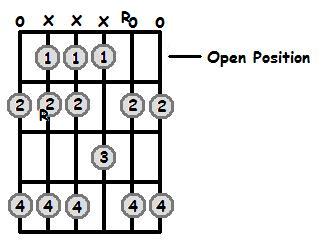
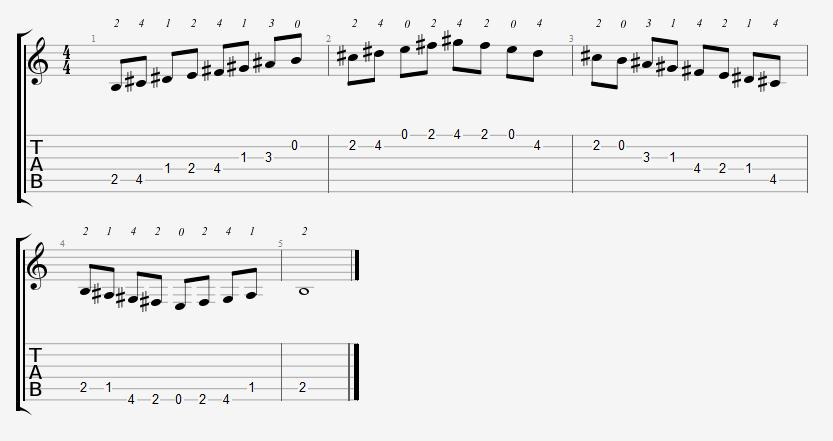
B Major Scale CAGED Positions
Here are the 5 CAGED positions for the B Major scale on the guitar (notes and tabs).
B Major Scale in the 3rd Position (lowest fret is 3)
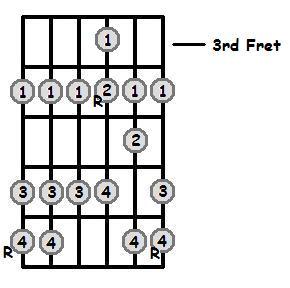
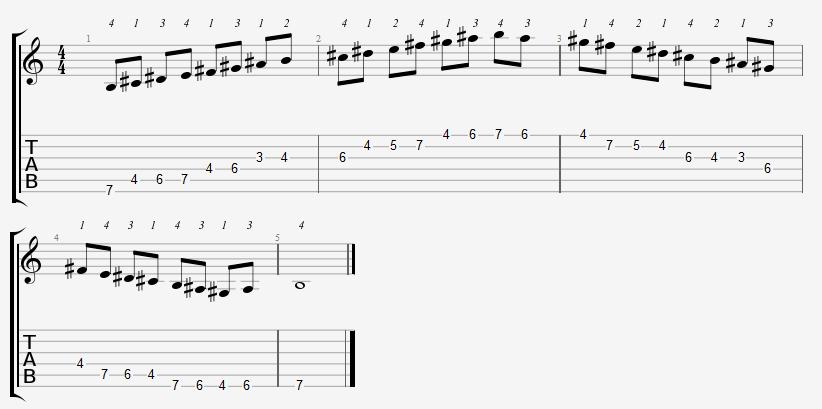
B Major Scale in the 6th Position (lowest fret is 6)

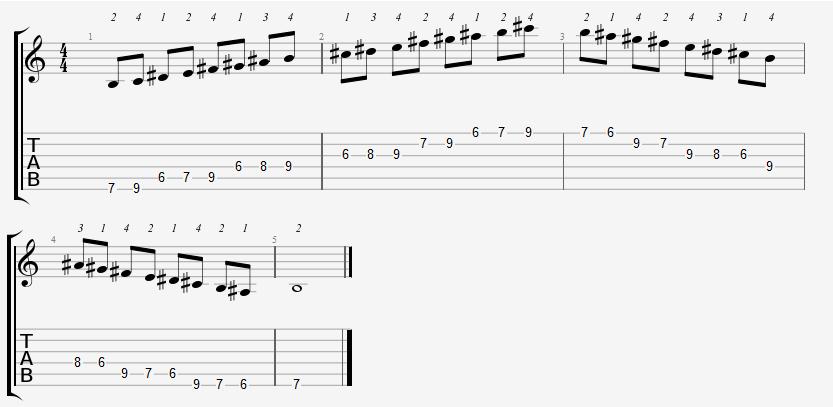
B Major Scale in the 7th Position (lowest fret is 7)
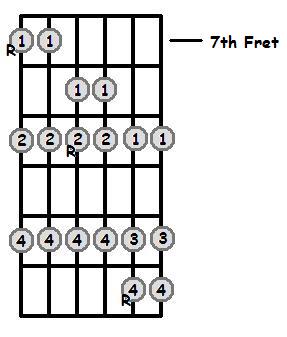
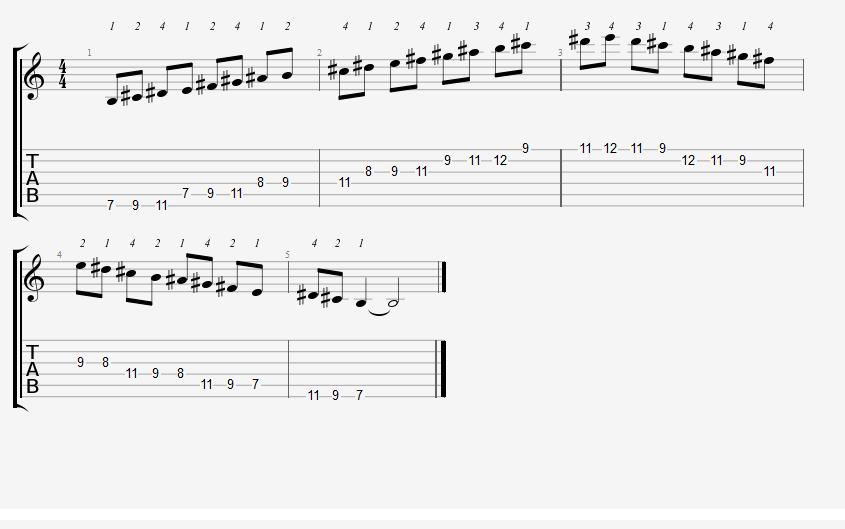
TB Major Scale in the 11th Position (lowest fret is 11)
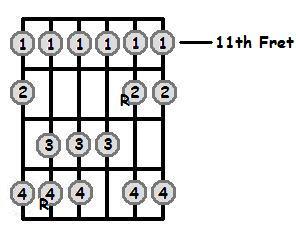
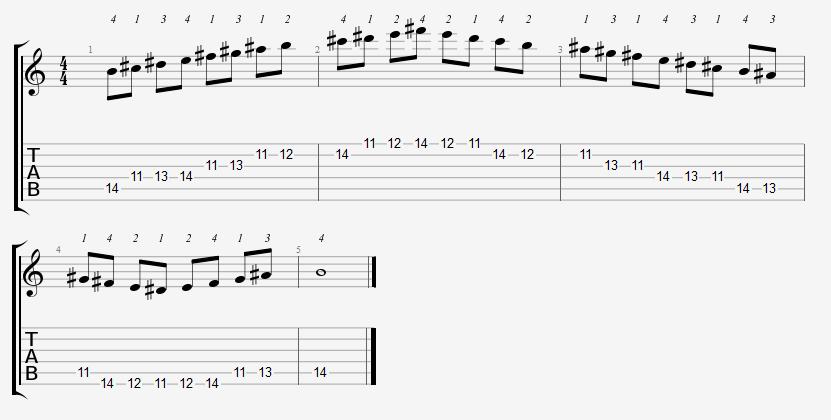
B Major Scale in the 12th Position (lowest fret is 12)
This scale is played quite high up on the neck (reaching the 16th fret). The reason why this shape is played so high in the key of B is to avoid playing open notes. If we started the scale on the second fret, we would not be able to play two of the notes without playing them openly, therefor effectively making the shape unmovable.
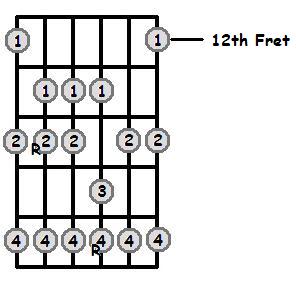
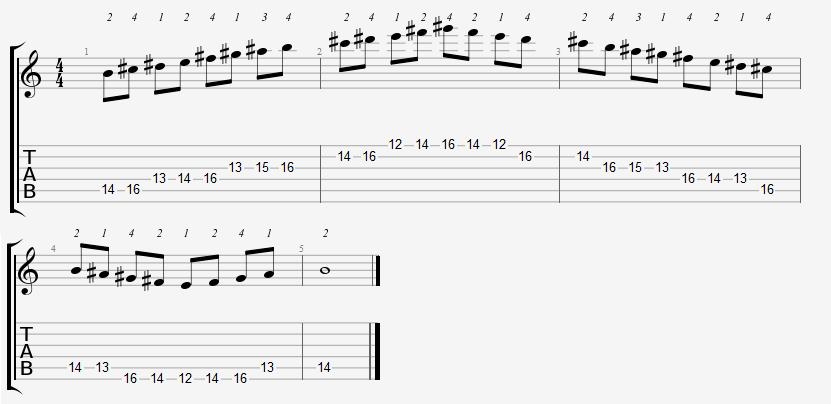
Extra Position (B Major Scale in the 1st Position)
I’ve included an extra shape in this key. It is a variation on the above shape (12th position). Because the 12th position shape is so high, it is good to have a variation on the same shape that can be played down the octave (starting on the 2nd fret).
As well as that, it provides a good example of how shapes can vary, depending on the preferences of each player.

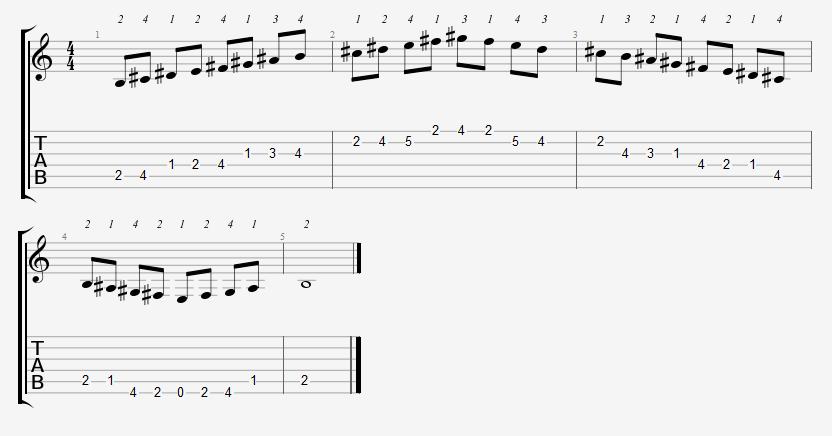
The 7 Modes of B Major
The B Major scale (like all Major scales) can be used to produce 7 different modes:
